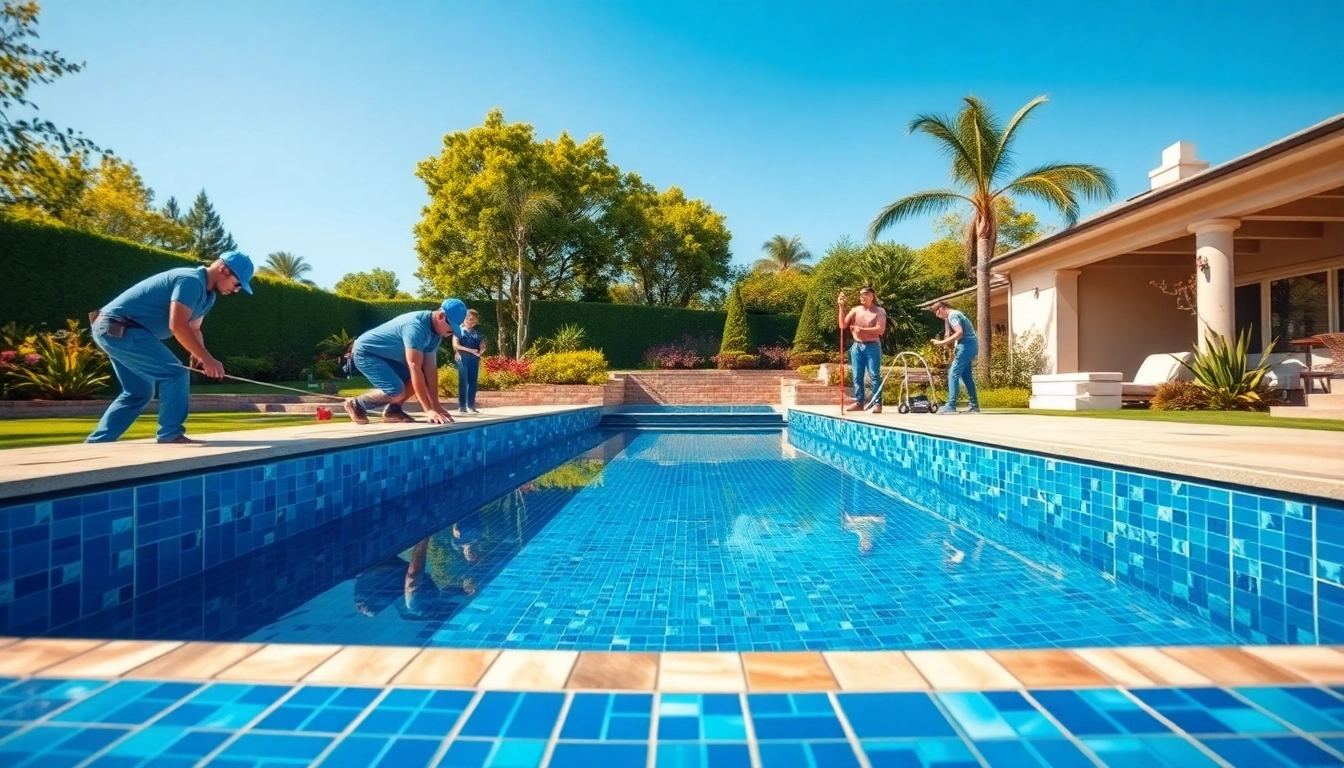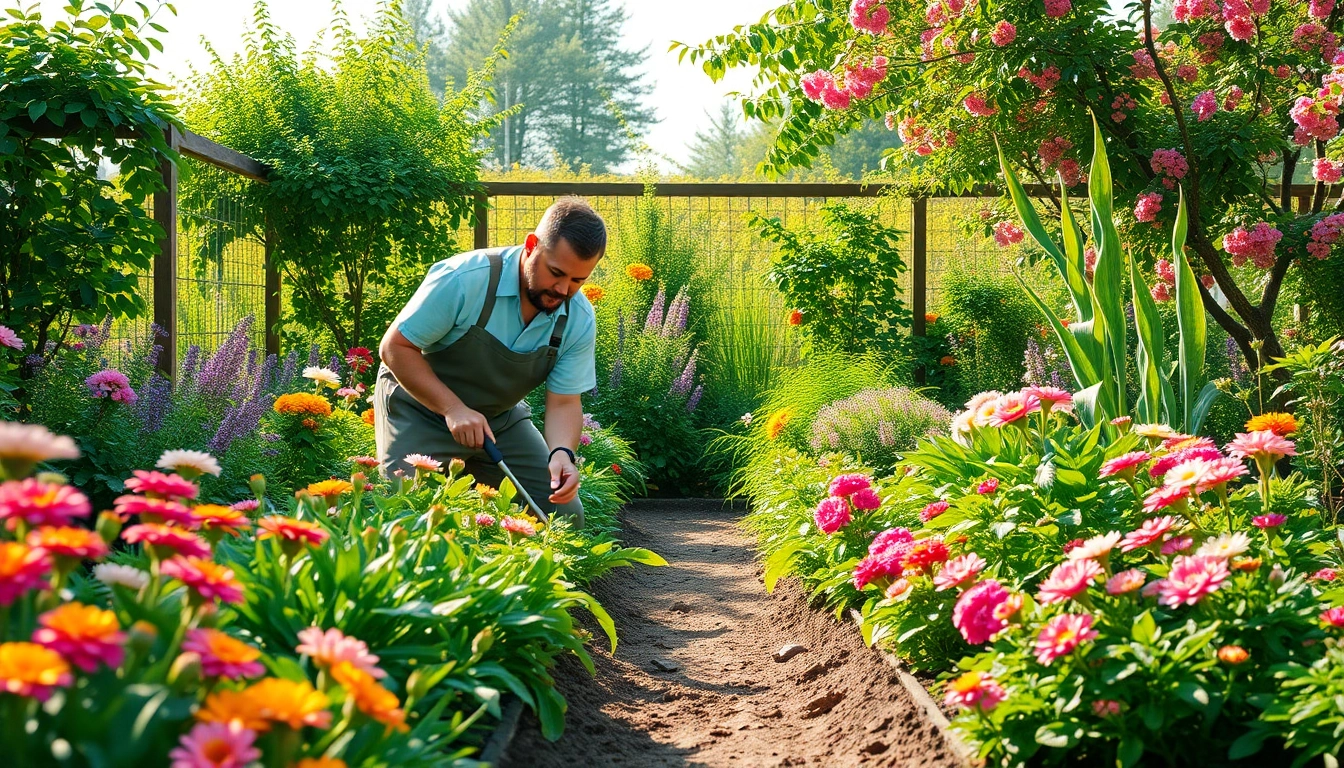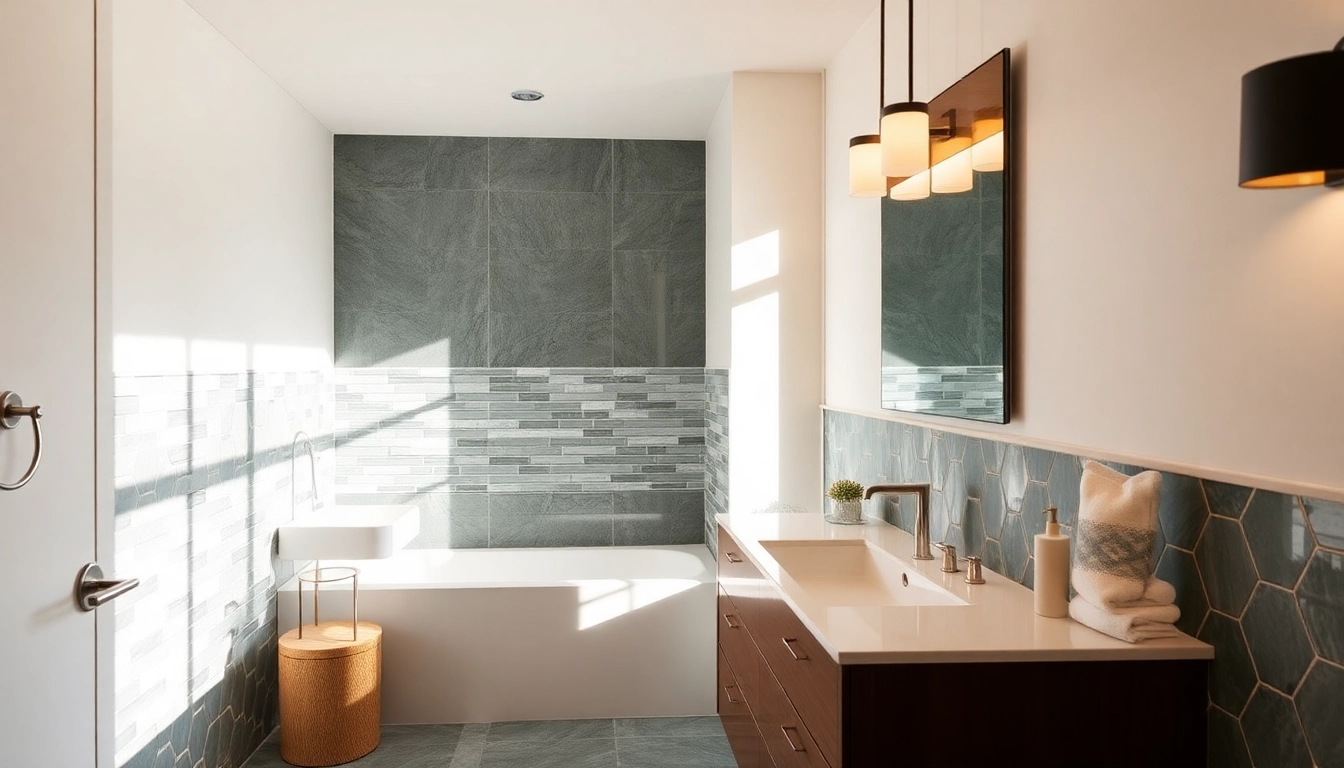Understanding Swimming Pool Installation Basics
Swimming pool installation is a transformative endeavor that involves not just digging a hole in the ground but requires careful planning, execution, and ongoing maintenance. The thrill of having your own swimming pool in your backyard is matched only by the complexity of ensuring that installation goes smoothly. If you’re considering enhancing your home with a swimming pool, it’s vital to grasp the fundamental concepts underlying the installation process. This guide will delve into everything you need to know about swimming pool installation, taking you through various aspects from types of pools to best practices for long-term enjoyment.
Types of Swimming Pools: Inground vs. Above Ground
When deciding on a pool, one of the first considerations is whether to choose an inground or above-ground pool. Both types have unique advantages and disadvantages, catering to different lifestyles and budgets.
Inground Pools
Inground pools are built into the ground and are often considered more aesthetically pleasing. They come in several materials, including concrete, vinyl, and fiberglass:
- Concrete: Highly customizable in terms of design, concrete pools can take any shape but require regular maintenance and sealing.
- Fiberglass: Made from pre-molded shells, fiberglass pools offer rapid installation and low maintenance but come with limited size options.
- Vinyl: Vinyl-lined pools are often the most cost-effective and can be tailored in terms of size and design, but the liner may need replacement every 5-9 years.
Above Ground Pools
Above-ground pools are often seen as a more affordable option, with lower installation costs and flexibility in terms of location. However, they generally lack the visual appeal of inground pools. They also come in various materials such as:
- Metal frame: Durable and long-lasting, but may rust over time.
- Resin frame: Immune to rust and corrosion, offering longevity.
- Inflatable pools: Easy to set up and remove, perfect for temporary use but less durable.
Key Factors to Consider Before Installation
Before moving forward with a pool installation, various factors must be considered to ensure a successful project:
Space and Location
You’ll need to evaluate the size of your yard and think about how much space you want to dedicate to the pool. Consider also the location: proximity to power and water sources, sun exposure, and wind patterns can all affect your pool’s usability and enjoyment.
Local Regulations
Local building codes may dictate specific requirements for pool installation. It’s essential to consult local regulations concerning dimensions, setbacks, fencing, and safety standards.
Budget
Establishing a budget for both installation and ongoing maintenance costs is crucial. Beyond the initial investment, consider costs for water, chemicals, accessories, utilities, and insurance implications.
Common Terms in Swimming Pool Installation
Familiarizing yourself with common industry terms can ease communication with contractors and suppliers. Some key terms include:
- Decking: The area surrounding the pool for lounging and access.
- Skimmer: A device that collects debris from the water’s surface.
- Filtration System: A crucial component for maintaining clean water.
- Plumbing: The network of pipes that circulate water in and out of the pool.
Step-by-Step Guide to Swimming Pool Installation
The process of installing a swimming pool can be broken down into several essential phases. Understanding each step will make it easier for you to manage the overall project.
Initial Planning and Design Phase
Establish your vision during the planning phase. Engaging with a designer or pool contractor can help lay out the specifics. Ensure the design meets your lifestyle needs, aesthetics, and budget.
Preparing Your Site for Installation
Your backyard must be adequately prepared for installation. This involves clearing the area, digging, and shaping the pool’s site. Soil type and drainage must be considered to ensure support and prevent flooding.
Finalizing Permits and Regulations
Permissions from local authorities should be secured before any digging begins. This may include applying for building permits and scheduling inspections. Most regions require proof that the pool meets safety standards.
Cost Factors in Swimming Pool Installation
An essential consideration is the cost, which can vary significantly across regions and projects. An understanding of cost factors can help you budget effectively.
Breaking Down the Costs by Pool Type
Here’s a general breakdown of costs associated with different pool types:
- Inground Concrete Pool: $35,000 to $120,000
- Inground Vinyl Pool: $20,000 to $40,000
- Inground Fiberglass Pool: $20,000 to $85,000
- Above Ground Pool: $1,500 to $15,000
Additional Expenses to Keep in Mind
While the installation cost is significant, other expenses can arise:
- Landscaping: Integrating your pool into the landscape can incur extra costs.
- Fencing: Most regions require pools to be enclosed for safety, adding to the cost.
- Accessories: Consider costs for heaters, covers, lighting, and cleaning equipment.
- Maintenance: Ongoing costs for water, chemicals, and professional servicing should be factored in.
Budgeting for Long-Term Pool Maintenance
Planning for maintenance is crucial for pool longevity. Regular cleaning, chemical balancing, and equipment upkeep should be budgeted for, alongside occasional repairs or seasonal upgrades.
Best Practices for a Successful Pool Installation
To ensure the success of your swimming pool installation, implementing best practices is key.
Selecting the Right Contractor for Your Project
Finding a reputable contractor can make all the difference. Look for candidates with strong references, established experience, and relevant certifications. Obtaining multiple quotes can help you not only gauge cost but also understand different approaches.
Environmental Considerations and Site Preparation
Consider environmental implications, such as local wildlife and plants. Choosing eco-friendly materials can be beneficial, and correcting drainage issues before installation ensures the pool functions optimally without impeding the natural landscape.
Safety Protocols During Installation
Safety should be a priority during the installation process. Follow all local regulations and ensure that installation crews utilize proper safety equipment. This includes handling of heavy equipment and awareness of potential hazards.
Post-Installation Tips and Enhancements
Once your swimming pool is installed, the next steps revolve around making it your own and ensuring it stays functional and beautiful for years to come.
Integrating Landscaping with Your New Pool
Beautiful landscaping can enhance the aesthetic appeal of your pool. Consider adding plants, rocks, and pathways that complement your pool’s design. Native plants can thrive with less water and maintenance, making them a sustainable choice.
Pool Accessories and Features to Consider
Add-on features such as slides, diving boards, and water features can elevate the enjoyment of your pool. Don’t forget practical accessories such as pool covers and maintenance kits.
Establishing a Maintenance Routine for Longevity
Creating a maintenance schedule that includes regular cleaning, testing chemical balances, and closing the pool for winter will prolong your pool’s lifespan. Consider hiring a professional service if you feel overwhelmed.



